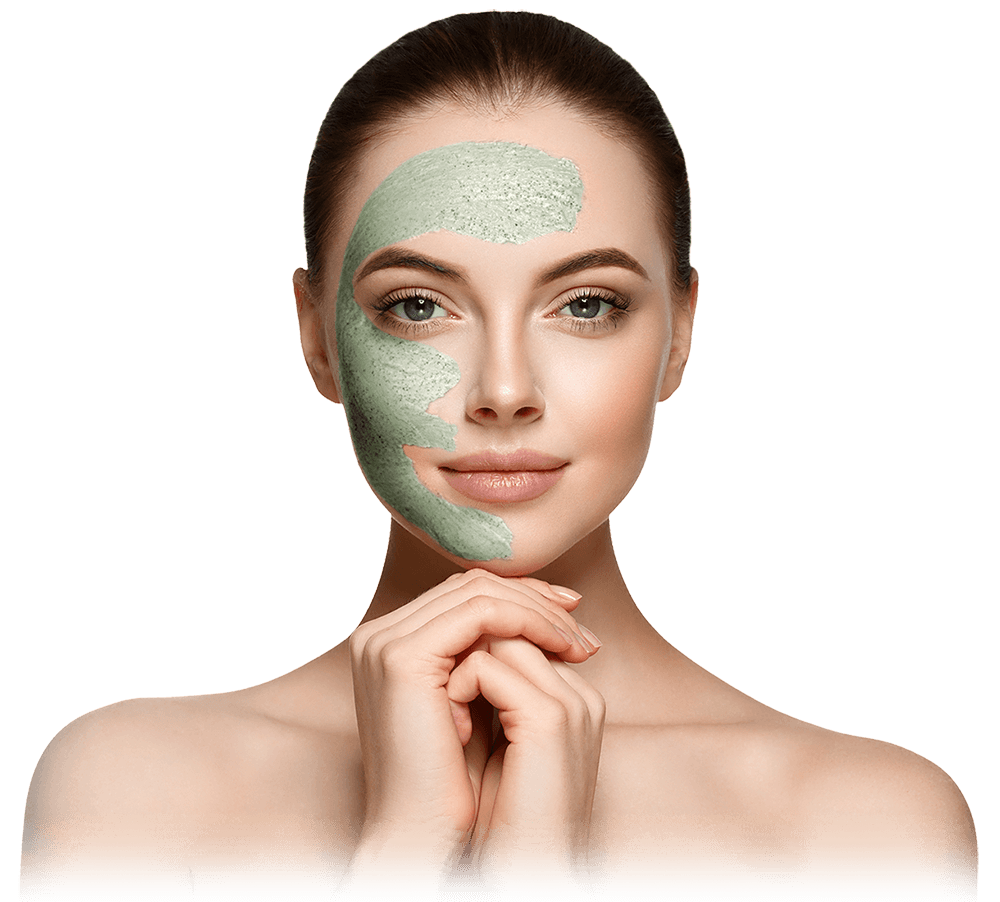
Red light therapy has gained attention as a skincare method that supports a healthier complexion. Many people see it as an option for facials that promote a smoother appearance and an even tone. This approach directs low-level wavelengths of light at the skin to stimulate collagen and support cell renewal. Research has explored how this type of therapy influences the skin’s structure, revealing connections to reduced inflammation and firmer tissue. For individuals who seek a gentle yet effective facial treatment, a red light therapy facial may appeal as a non-invasive method that aligns with modern wellness trends. Yet the question remains: how often to do red light therapy? A closer look at frequency, skin needs, and potential outcomes can help guide you toward a schedule that fits your goals.
Why Red Light Therapy Makes a Difference
Red light therapy stimulates skin cells in ways that promote healing responses. This happens because the wavelengths penetrate the skin’s layers and prompt the mitochondria to produce more energy. Cells with boosted energy levels can rejuvenate at a more efficient pace, which can support smoother skin over time. Certain wavelengths target fibroblasts, which produce collagen, one of the skin’s primary building blocks. A study found that regular red light therapy sessions led to improved skin texture in 82 percent of participants, indicating that these wavelengths offer tangible effects. For facial treatments, this effect might show up as a plumper appearance and fewer fine lines.
Many users select red light therapy because they want to avoid harsher procedures. Lasers, chemical peels, and other methods might yield strong results, yet they can irritate sensitive skin or demand recovery time. Red light therapy sessions have a track record of being well-tolerated, making them appealing for people who want a mild but steady impact on their complexion. Individuals with acne concerns also turn to red light therapy. Some have reported that this approach, paired with proper skincare and a balanced lifestyle, may contribute to fewer blemishes over time. A calm and balanced skin environment often develops when inflammation decreases, which aligns with the benefits that red light can offer.
Choosing a Schedule Based on Your Goals
Each person’s skin reacts in unique ways, so there is no single schedule that works for every situation. Some may benefit from two or three short sessions per week if they aim to reduce signs of aging or support overall skin health. Others might opt for more frequent use, such as daily sessions, when they want to address stubborn issues that have not responded to other options. An expert day spa services clinic can suggest an approach that fits your needs. They may advise beginning with fewer sessions per week and then adjusting as you observe changes in skin appearance and texture.
Some experts suggest an initial phase that spans four to six weeks. During this time, you may see early signs of the therapy’s impact. A second phase involves fewer sessions per week to maintain these gains. Data from one clinical trial showed that participants who followed a steady schedule for six weeks experienced a 34 percent reduction in the look of wrinkles. The consistency appears to matter more than the total number of sessions. If you skip multiple weeks and then try to resume, you might see less momentum. When you maintain a reliable schedule, you give the skin a chance to adapt and respond without interruption.
Assessing Session Duration and Intensity
Besides frequency, the duration of each session shapes how your skin responds. Short sessions of 10 to 15 minutes may suit those who prefer a gentle pace. Longer sessions of 20 to 30 minutes may have a deeper effect, but it is wise to pay attention to how your skin reacts. If you notice any redness or other signs of strain, consider shorter sessions or consult a professional to confirm that your device is at the correct intensity.
Devices vary in power output. Home-use panels and handheld wands usually emit lower intensity than professional salon systems. This can influence how often you need to engage in sessions to see progress. Higher-powered systems might require fewer weekly sessions because they deliver a more focused dose of red light. In contrast, a less intense device may call for a higher number of shorter sessions to produce a similar effect. Your chosen device should come with detailed guidance on recommended session times and distances.